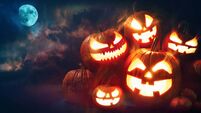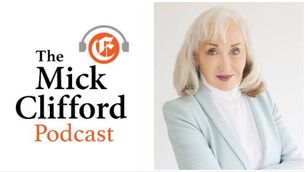Halloween lets us get scared in a safe sort of way
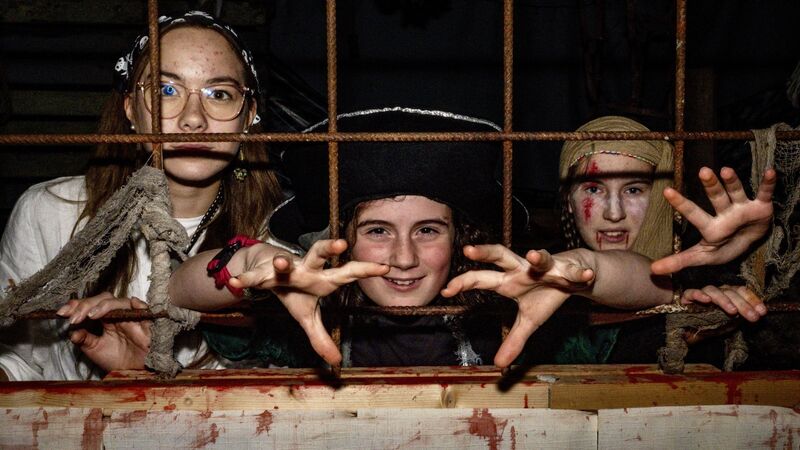
Spooky pirates delighted visitors to the Passage West Halloween Display, brought to life by the Passage West Men’s Shed. All proceeds from the event support Marymount Hospice. Picture: Chani Anderson
It’s the most wonderful time of the year for horror lovers – and indeed, horror writers like me.
But it’s also the time when people lament the demise of plastic bag and plastic mask costumes, as well as the increasing intrusion of Christmas ornament sales on Halloween.
You’ll see, also, people bemoaning how Halloween, rooted in the pre-Christian festival of Samhain, has been reimported through an American lens after arriving there in the 19th century with Irish and Scottish immigrants.
There is something very human, and indeed very capitalist (dare I say American), about commodifying and monetising fear.
But why shouldn’t we thumb our noses at things that scare us? That said, it’s best to think of Halloween as we know it, as part of a long legacy of festivals and practices that evolve over time, based on encounters with new peoples with new ideas.
The festival of Dia de los Muertos, celebrated around November 1 and 2, with its painted faces and colours, would seem as much a bedrock for modern Halloween as Samhain, even if for those of an Atlantic European background Samhain, with its pre-Christian roots and connotations of the otherworld crossing over with ours, has a particular calling.
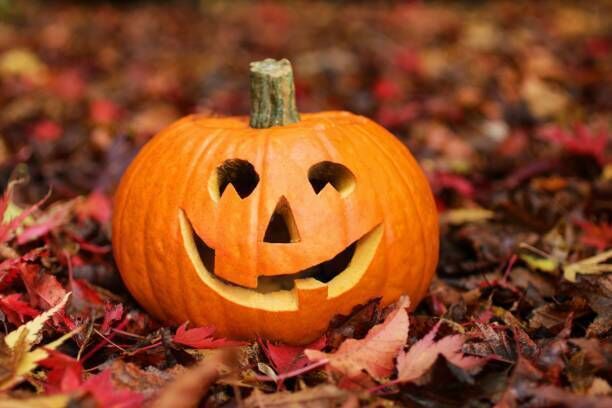
Even then, what we know of Samhain as opposed to what it was actually like in the eighth century or earlier is distorted by time and Christianisation.
The beauty of the season as we have it today, though, that it’s accessible to all, regardless of whether they’re into just a sense of family friendly spookiness ( ) or full on gore and carnage ( ).
If nothing else, it’s a chance, like the boys in Ray Bradbury’s novel , to be somebody else without giving away your actual identity (the origins of dressing up, or guising, aren’t clear but can be found in the 16th century at least).
Then, and for much of the 20th century, disguises were fairly basic, as opposed to now when you can spend as little or as much as you want.
Even my son, who is autistic and doesn’t speak much, has been draping a blanket over himself to pretend he’s a ghost and while I was writing this was in the other room singing from .
Unbeknownst to him, the dear child has managed to show how Halloween can be both DIY and fun as well as commercial (Disney doesn’t do anything unless it thinks it can make money).
I’m not sure there’s anything wrong with the commercial side (although I would say that, making as I do a small amount from horror tales, even if I write more for the joy than anything).
It’s filling a need, after all, be it for books, games, or films. Whatever your horror taste, there’s an outlet for it. Comedy? . Space? . Folk stories? . Body horror? (you sick, sick puppy).
Ultimately, people want to feel fear or dread or even disgust in a safe sort of way; most horror stories end with a resolution of some kind, even if the characters are straight up not having a good time even then.
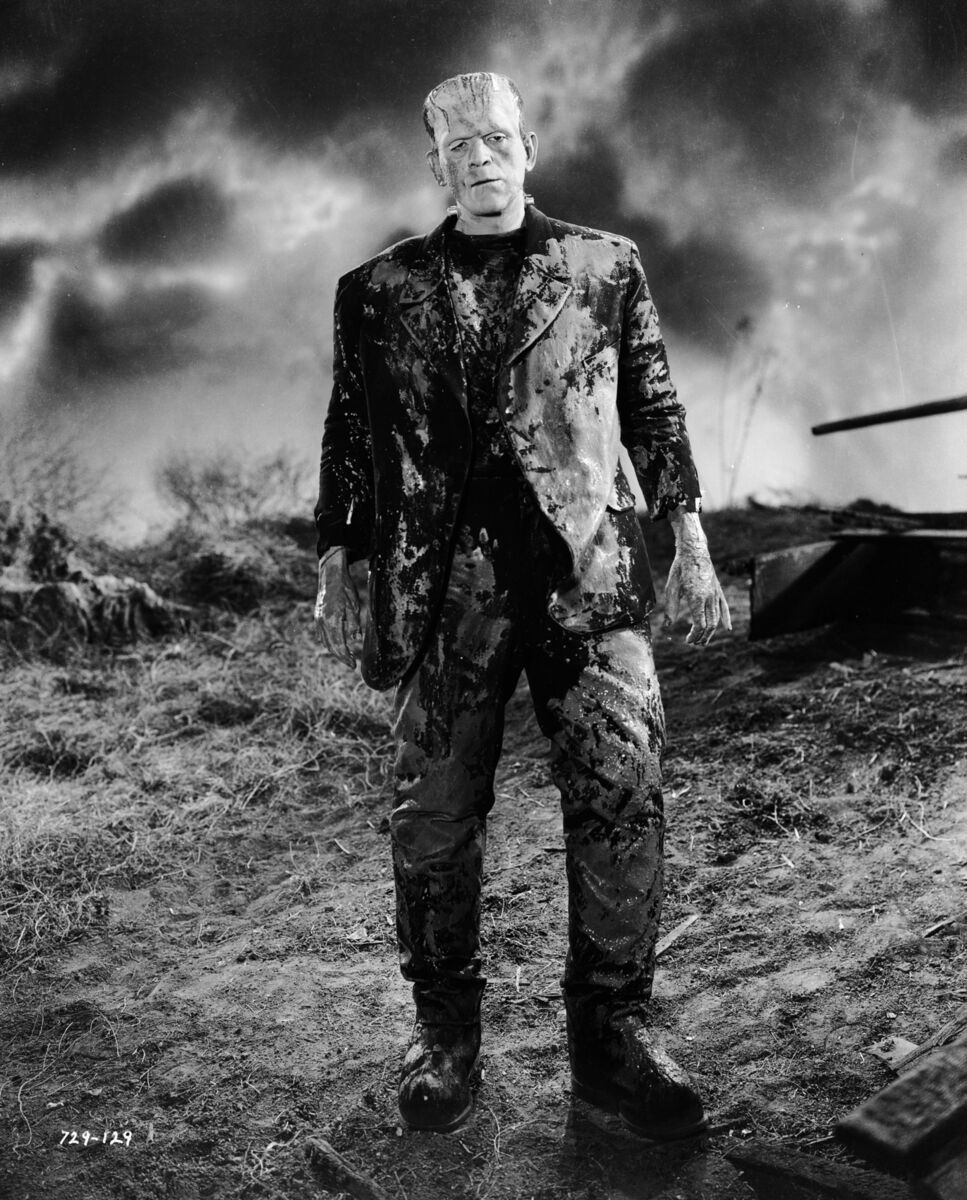
Horror, much like science fiction, is often a vehicle for social commentary (at least as far back as in 1818).
But that natural fit between Halloween, ghosts, undead, and general supernatural activity sees a smorgasbord of material being released.
It can be hard to keep track of everything, between writers and filmmakers trying to channel the spirits of the original Samhain or simply ride the Halloween wave to get a book in front of eyeballs (preferably ones that are still inside a human head, but hey, we’re not picky).
Artistically, the renewed interest in all things horror around this time of year reminds writers in this genre that there is actual demand for our work.
I could, I have often thought, be more successful if I leaned more into Irish background and lore; some of my favourite, and indeed most popular stories, have Irish settings or origins, and at least five or six are set at Halloween.
Of those, my favourite is , in which a man meets the spirit of his ancestor while trying to calm the Famine ghosts in Skibbereen graveyard.
But while the story is one of my most satisfying, and a way of exploring how people deal with the past, it was written because I wanted to write it, not because I thought I’d make money off it.
But it was first published in India and won a readers’ choice poll with a UK publisher recently, so perhaps it does resonate beyond these shores.
It was only as writing the paragraph above that it occurred to me how many of my more popular pieces have an Irish flavour, and how if I really wanted to I could just write Irish-themed horror for the rest of my life. There’s your —commercialism right there or is it?
If my own little spooky writing journey has taught me anything, it’s that horror transcends borders and cultures. It’s also true that you can be as beholden to tradition as skew it entirely. Either way, it doesn’t take away from the fun of it.



